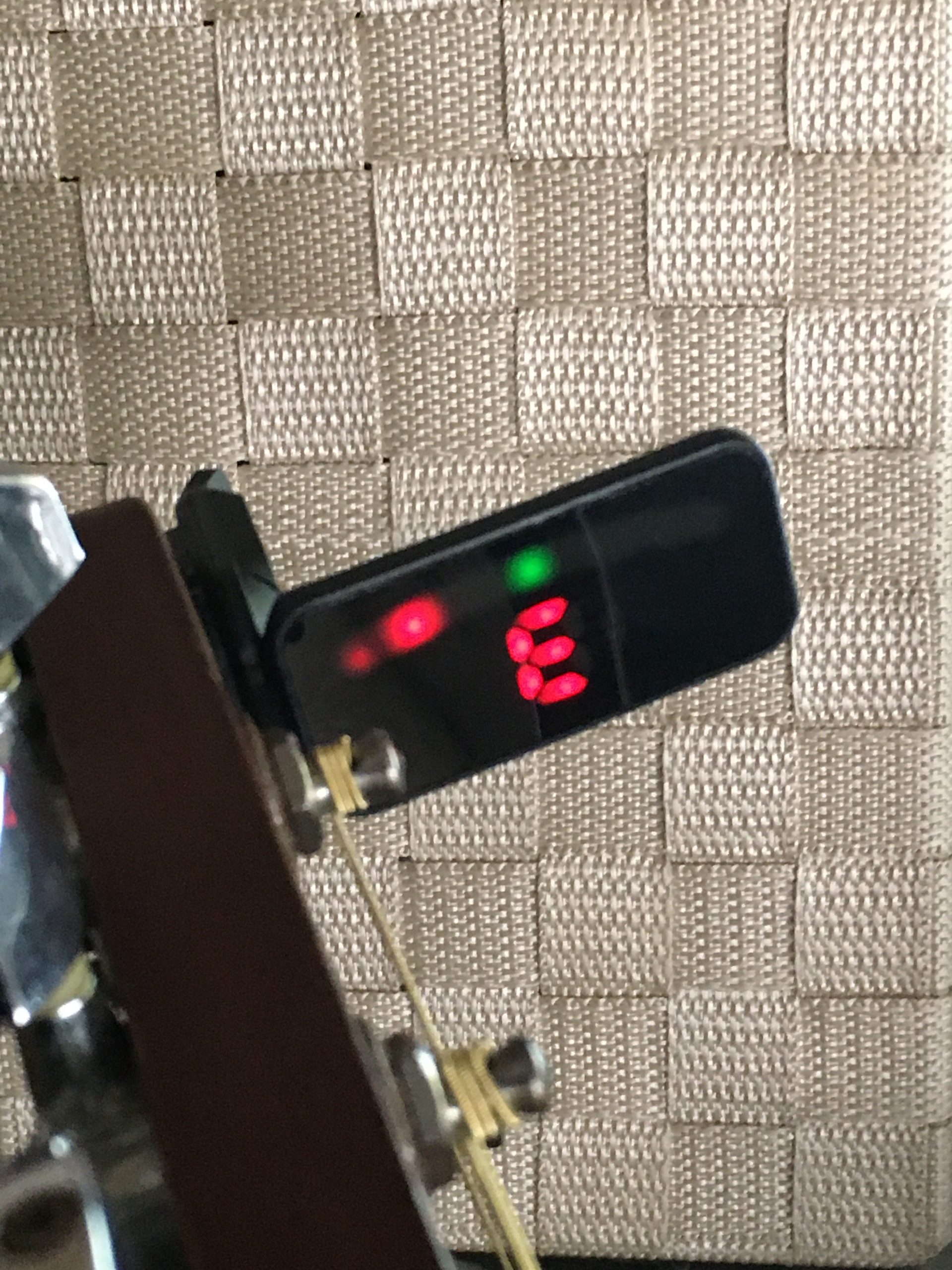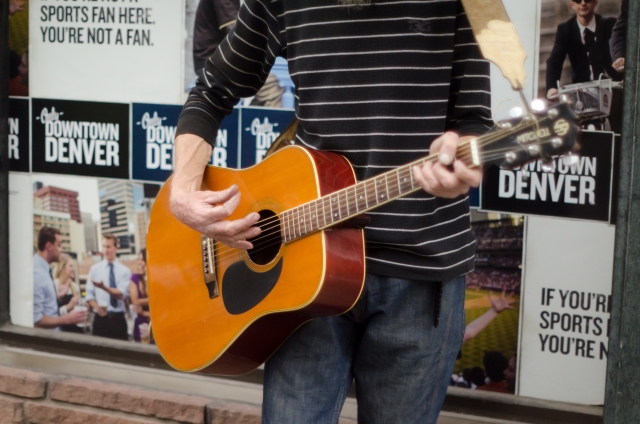This article is intended for
・Those who want to know how to tune their instruments.
・Those who want to know how to use a tuner
You need to tune Guitar before you start playing.
If you are not in tune, you will not be able to play the correct notes and you will not be able to practice.
If you are tuning your guitar for the first time, please refer to the previous article that explains how to do so.
Here, will explain how to tune using a “tuner.”
(1) General tuning method
There are several ways of tuning, as explained in the previous article.
(Tuning with a tuner, using a tuning app on a smartphone, or matching the pitch of another instrument, such as a piano)
The most commonly used method of tuning is using a tuner.
You can use an app on your smartphone when practicing at home, but it is a good idea to buy a tuner for easy use and for use at live performances.
(2) What is a tuner?
Tuners are used for tuning and display the pitch of the guitar.
There are several types of tuners, but we recommend clip tuners, which can be bought for a low price.
Clip tuners look like this.
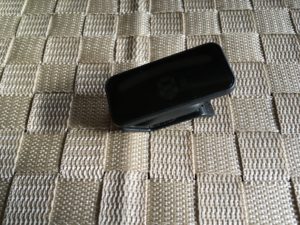
Here, I will use the “Korg/Pitchclip 2 Clip Tuner“, but you can follow the same procedure for tuning with any common clip tuner.
“Korg/Pitchclip 2 Clip Tuner” costs in the $10 range and is sufficient for normal use.
KORG Pitchclip 2 Clip Tuner for Guitar/Bass Pitchclip 2 PC-2
Tuners generally indicate pitches in alphabetical order.
The 6th string = E, 5th string = A, 4th string = D, 3rd string = G, 2nd string = B, 1st string = E, and so on.
(The meanings of the alphabets are explained at the end of this article as a supplement.)
(3) How to use a clip tuner
i) Attach the clip tuner to the head of the guitar like this.
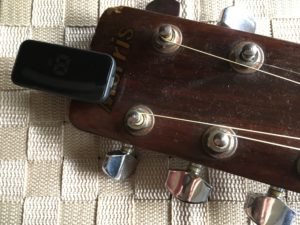
ii) Pluck the 6th string and adjust it so that it becomes E.
First, if a note lower than E (C, C#, D, D#, etc.) is indicated
Raise the note so that it becomes E.
Conversely, if a note higher than E (F, F#, G, G#, etc.) is indicated
Lower the note so that it becomes E.
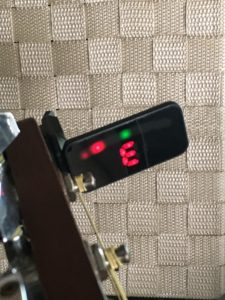
iii) If a note higher than E (F, F#, G, G#, etc.) is displayed, lower the note so that it becomes E.
iv) If the LED to the left of the center of the display lights up after E is displayed (see the figure below; from your point of view), the note is lower than the correct note,
the sound is lower than the correct sound. In this case, we will gradually raise the pitch of the note.
The LED is gradually moved to the right.
When the LED is exactly in the middle, the sound is correct.
Conversely, if the LED to the right of the middle light up, the note is higher than the correct note, so the note should be lowered.
In the same way, tune the 5th string = A, 4th string = D, 3rd string = G, 2nd string = B, and 1st string = E.
(4) Tuning intervals (supplement)
The relationship between each string and pitch of the guitar can be summarized as follows.
6th string = E
5th string = A
4th string = D
3rd string = G
2nd string= B
1st string = E
It may be hard to remember at first, but it will come naturally.
Until you remember it, make a note of it somewhere.
<Next article>
How to Play Guitar Chord C, What to Do When You Can’t Hold It, and How to Smooth It Out

